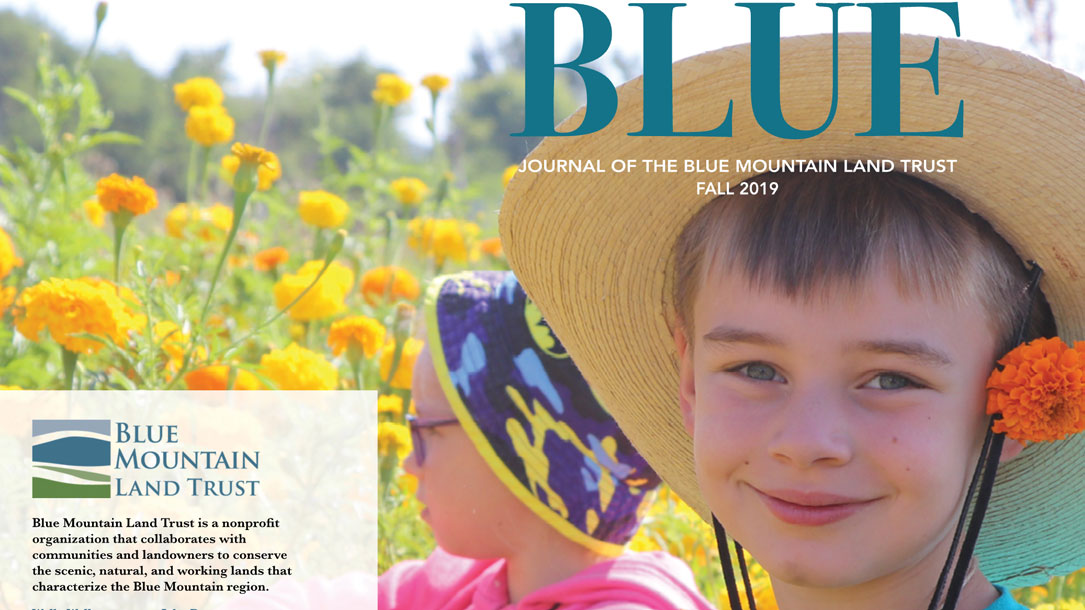
Featuring regenerative agriculture and climate change in their newsletter
Blue Mountain Land Trust, WA
Agriculture can be an important part of the climate solution and land trusts can help their communities understand that. The Blue Mountain Land Trust provided information about how that is the case, stating on their website:
“In our last issue, we reprinted Drawdown’s chapter on conservation agriculture. In this issue, we’re reprinting its chapter on regenerative agriculture. Other Drawdown chapters will be reprinted in future issues.
Thank you to Paul Hawken and his associates at Project Drawdown for permission to reprint these chapters.
If you’d like to learn more about regenerative agriculture and the role it plays in carbon sequestration, here’s a recommended reading list:
The Soil Will Save Us, Kristin Ohlson
Cows Save the Planet, Judith D. Schwartz
The Grazing Revolution: A Radical Pan to Save the Earth, Allan Savory
Restoration Agriculture, Mark Shephard
Grass, Soil and Hope: A Journey through Carbon Country, Courtney White
Growing a Revolution: Bringing our Soil Back to Life, David R. Montgomery
Dirt to Soil: One Family’s Journey into Regenerative Agriculture, Gabe Brown
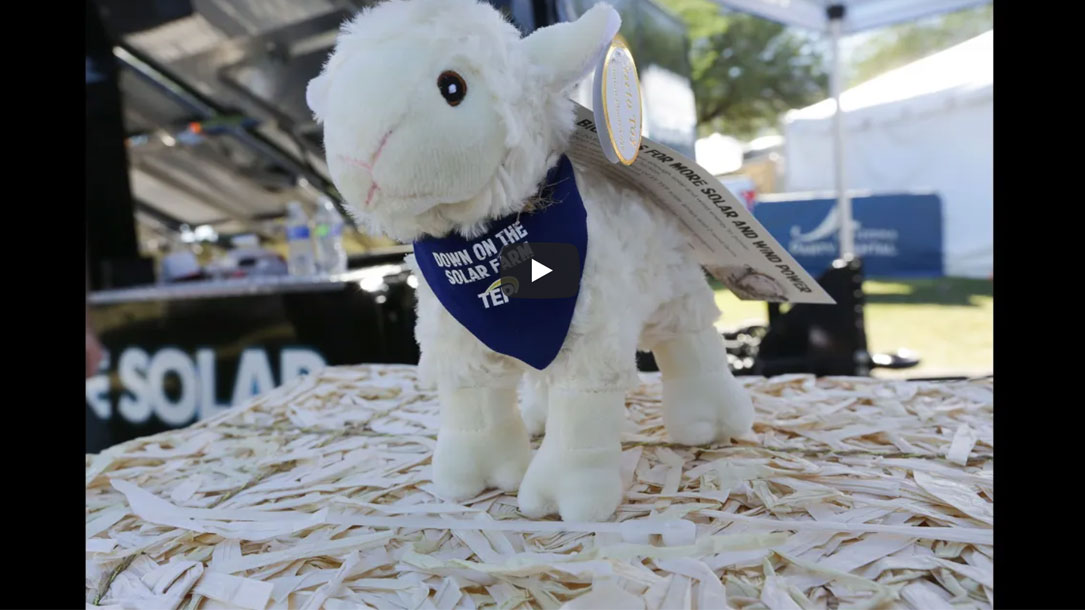
Mrs. Green is happy…
A flock of sheep chews away the weeds that grow underneath one of Tucson Electric Power’s (TEP) solar arrays instead of lawnmowers, spray, or weed trimmers, demonstrating one way TEP supports eco-friendly practices.
“To make sure our large solar array gets plenty of sun, we can’t let the weeds grow too high. That’s where the sheep come in,” said Ericca Suarez, a Technical Specialist in Renewable Energy. “It really is more sustainable to use the sheep.” Rancher Rusty Cocke manages the herd to keep the panels productive while preventing damage to the 1,200-acre site.
Learn more about the programs, sustainable practices and powerful partnerships fostered by Tucson Electric Power in the Tucson Electric Power Podcast Series.
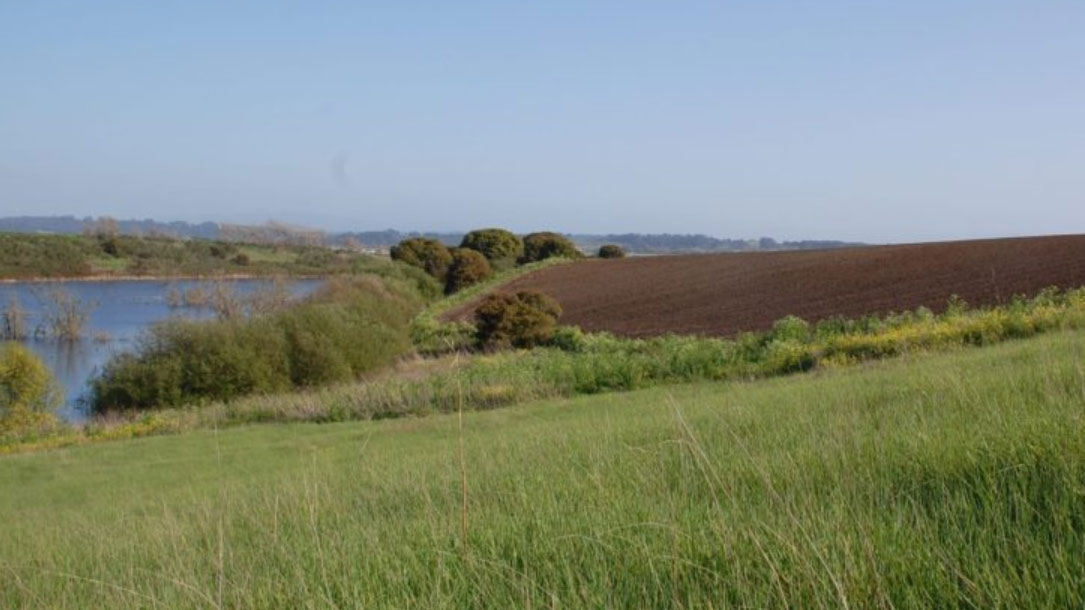
Watsonville Slough Farm
In 2009, the Land Trust of Santa Cruz County, CA completed the acquisition of 442 acres of farmland and wetlands at the heart of the Watsonville Sloughs. In 2010, the Land Trust acquired another 45 acres, and in 2011 an additional 4 acres.
Now, the land trust’s Watsonville Slough Farm does double duty: it produces an amazing amount of vegetables and strawberries and the restored grasslands around the farmed areas [which] capture an amazing amount of carbon, one way to reduce the greenhouse gases that are a cause of climate change.
The farm produces enough vegetables to serve 30,000 people, and enough strawberries for those 30,000 people to also get their recommended daily allowance of vitamin C, every day of the year!
The farm is hilly, however, and surrounded by wetlands. The land trust therefore retired the steepest ground and the wettest. The growers who lease on the farm were happy to give up this marginal ground, as it was expensive to farm. It is on this retired farmland that they are taking advantage of a great opportunity to capture carbon…
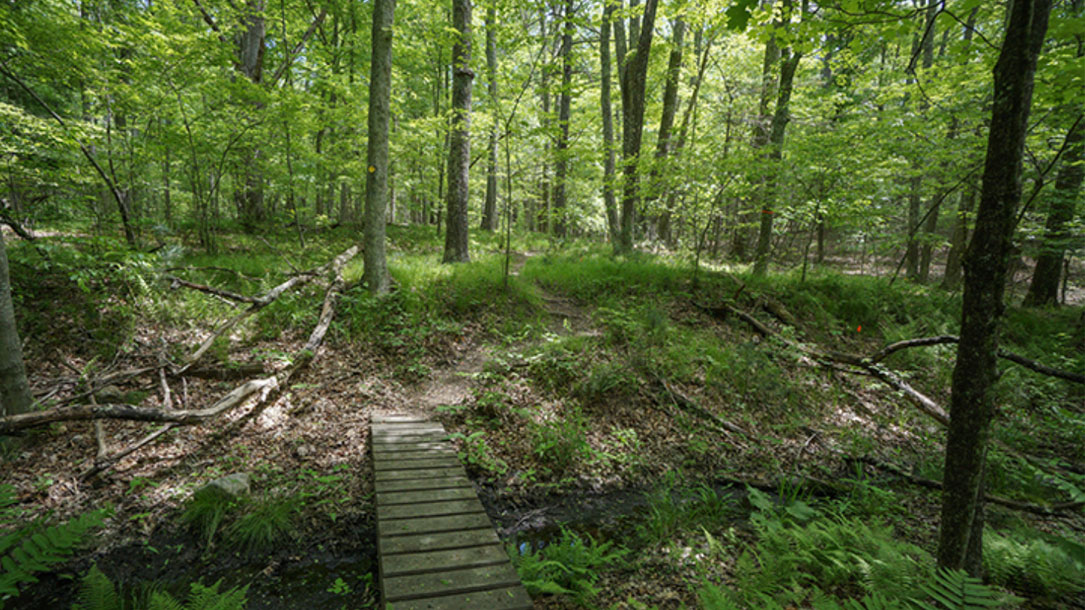
The role of land conservation in fighting climate change
At Mass Audubon, [their] land conservation strategy is directly linked to climate change mitigation and adaptation. As the largest private land owner in Massachusetts with more than 38,000 acres protected, [they] know how critical land conservation and effective land management is in the age of climate change.
[Their] recent entry in the California Air Resources Board (CARB) carbon offset market ensures that 10,000 acres of forested land will be protected for the next 100 years, ensuring the carbon stored in this critical landscape remains there…
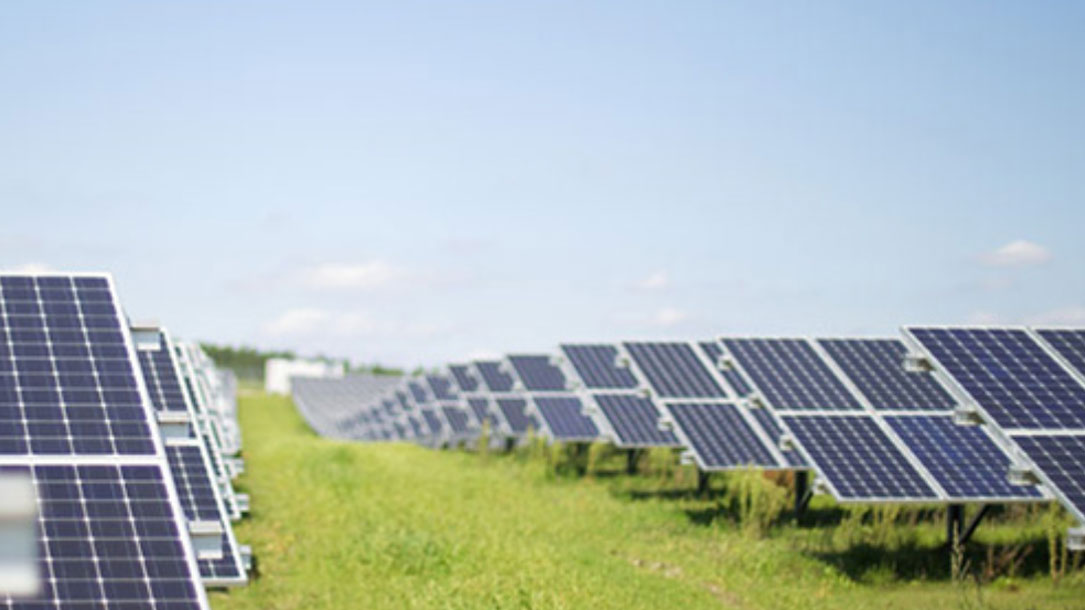
Solar PV power potential is greatest over croplands
“Solar energy has the potential to offset a significant fraction of non-renewable electricity demands globally, yet it may occupy extensive areas when deployed at this level. There is growing concern that large renewable energy installations will displace other land uses. Where should future solar power installations be placed to achieve the highest energy production and best use the limited land resource?…”

Solar panels pair surprisingly well with tomatoes, peppers, and pollinators
In ‘agrivoltaics,’ crops and solar panels not only share land and sunlight, but also help each other function more efficiently.
Big, utility-scale “solar farms” are one important source of solar power, helping complement smaller, less centralized sources like solar panels on the roofs of buildings. Solar farms take up a lot of space, though—and they thrive in places with many of the same qualities favored by food crops. As one recent study found, the areas with the greatest potential for solar power tend to already be in use as croplands, which makes sense, given the importance of sunlight for both…
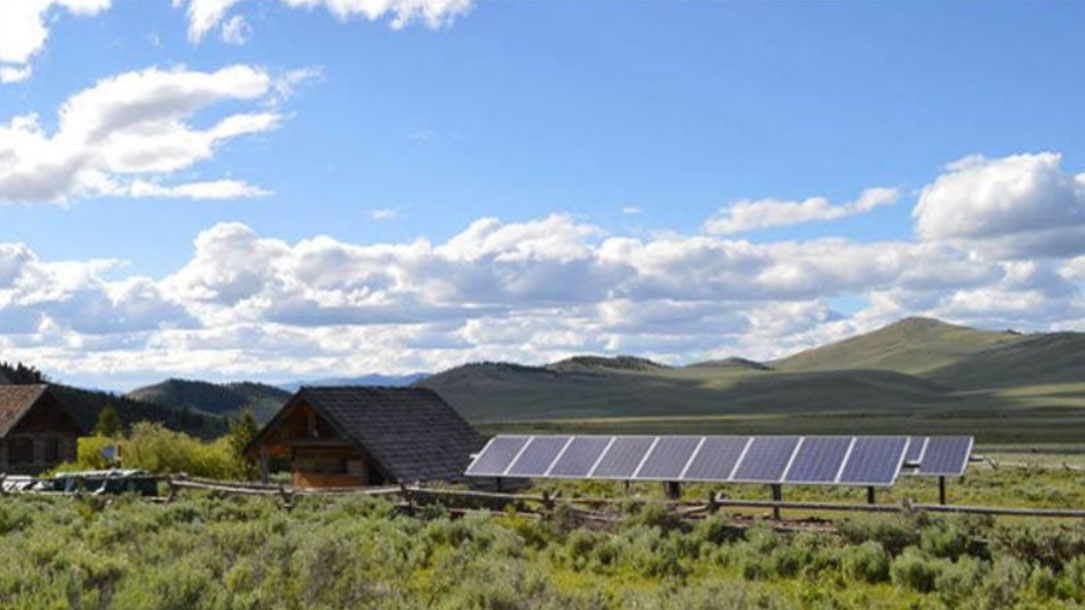
Solar for conservation
“GVLT is proud to have conserved over 45,000 acres across our region. While protecting land from development and fragmentation is the first step, protecting the ecological integrity of our natural resources is equally as important which is why we’re proud to announce a partnership with On Site Energy. What’s the connection between land conservation and solar energy?
Fish need cold, clean water to survive, and rivers need high altitude snow pack to keep them flowing throughout hot summer days. Ranchers and farmers depend on the availability of that water for irrigation, and wildlife depend on the intricate balance of the changing seasons to maintain viable habitats…”
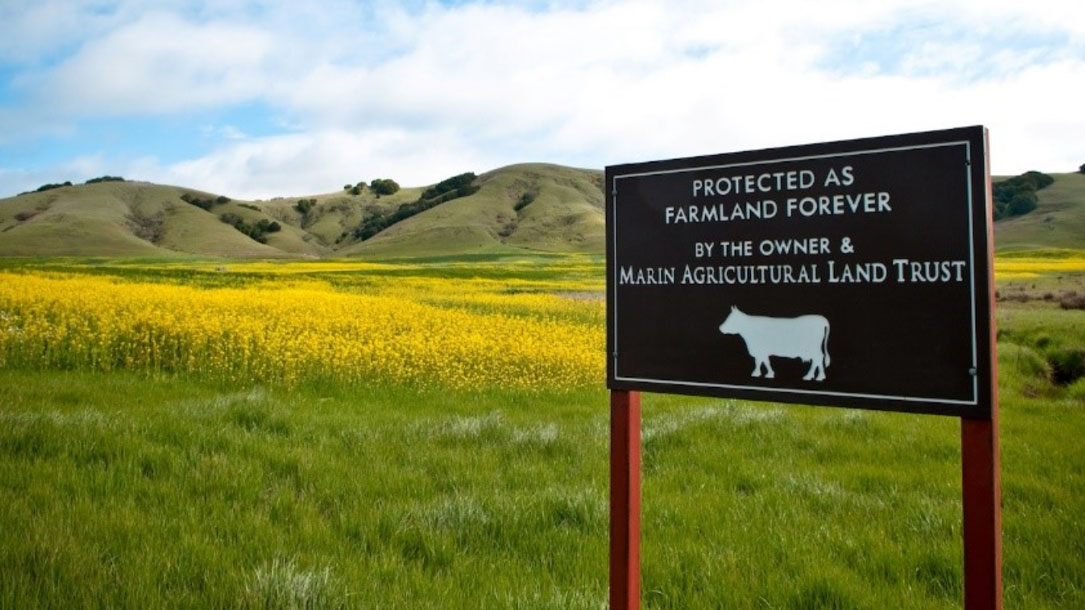
Can California’s protected farmland fight climate change?
“In the past year, the threat of climate change has risen to the forefront of public consciousness. With this growing awareness, many solutions are being offered to avert this crisis—from planting millions of trees to innovating electric car technology to passing state legislation to reduce greenhouse gas (GHG) emissions.
One powerful tool to address climate change is putting in action land use planning policies that preserve working farms and ranches…”
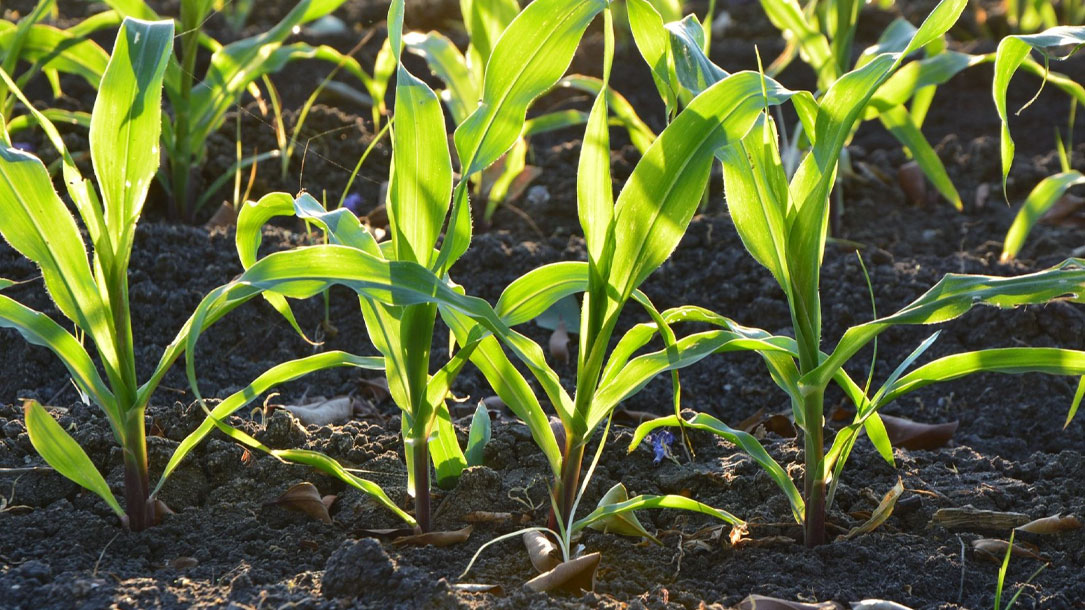
As soils warm, microbes pump more carbon dioxide to the atmosphere
Thomas Crowther is professor of ecosystem ecology at ETH Zurich, a university in Switzerland. “As we warm those soils, those microbes become more active, and that means they release more carbon into the atmosphere,” he says.
He says that makes the climate warmer, which in turn makes the microbes even more active, “which pumps more carbon out of the soil, which warms the planet further, leading to a feedback that can actually really accelerate the rate of climate change…”
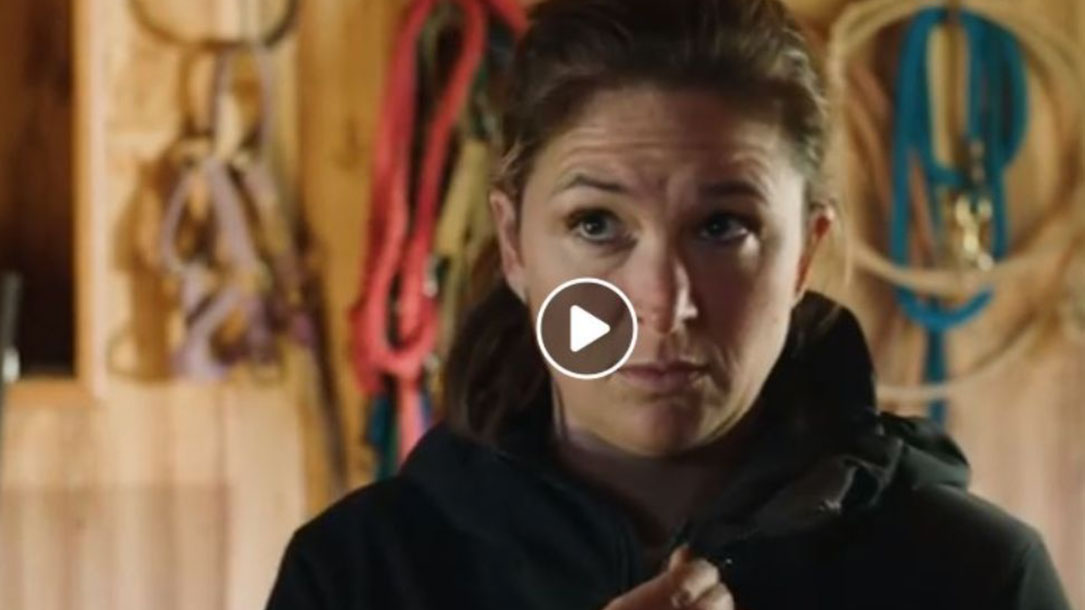
Through the eyes of a young rancher
“Our lands and soil are possibly the most underappreciated resources we have, yet their conservation is vital to humanity. We need to have an important discussion on what can be done to protect the planet through proper land management. This is so much more important than most people realize. Come join the conversation…”
If your land trust works with agriculture, this could be a great video to share—and then connect what you are doing to be part of the conversation, too.












